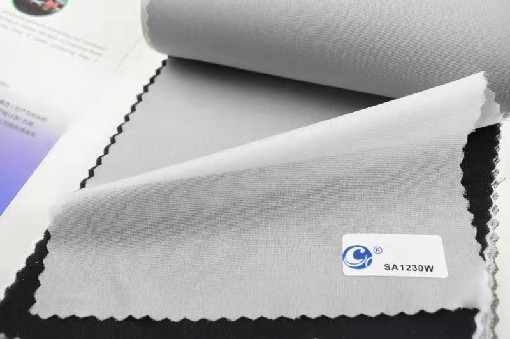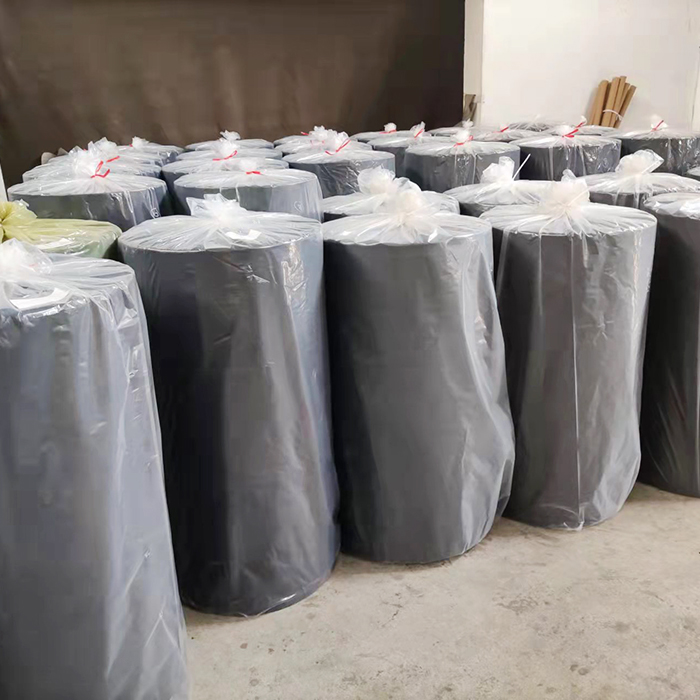ZARA's 15 days to complete the design and shipment, is it a mythical secret? Is it a lie after beautification? Red-collar suits use big data seven-day customization, is it an industry benchmark or an air gimmick? However, it is undeniable that it quickly meets the demand for orders and eliminates the supply chain. Inventory; rapid response to market demand and launch of new products, as well as the ability to have fast anti-single in the design of goods, have become an important commodity planning project for all brand buyers!

ZARA
According to the World Apparel and Footwear Network, in 1998, at a conference on supply chain management held in the UK, a case study by a European company showed that it was executed according to the optimal efficiency of the plan, from obtaining raw materials to processing, distribution and products. The time required for sales is 150 days; however, the data comparison indicates that the processing takes only 45 minutes.
So in the 150-day supply chain, except for the only 45-minute value, where is the rest of the time wasted? Where is the efficiency slowed down? Where is the inventory hidden? In traditional supply chain management In the middle, the pipelined communication mechanism, the time is wasted a lot under the cumbersome and inefficient hierarchical communication of brands, garment factories, fabric factories and yarn factories.
Moreover, in the traditional spot wholesale-retail model, it is based on the “push†supply chain that first produces and resells. The success of this mode of operation is based entirely on “accurate market forecastingâ€, but with the message The speed and transparency of the transmission speed and the change of the market itself make the market forecast must rely on the reality to make rapid adjustments!
Therefore, it quickly reflects the market demand, adjusts and forecasts the market dynamics, quickly adjusts the production plan and raw material preparation, and successfully drives the “dynamic pull†of the supply chain and the various levels of the supply chain with precise market demand. The key is to build a QR, quickresponse quick response system for wardrobe IT informationization!
Take the Italian clothing brand Benetton as an example. In the traditional production mode, the yarn is dyed in advance, and the dyed yarn is woven into a fabric to make a garment. However, due to the original market prediction mistakes, different colors are often caused. The clothing is slow-moving and can only be handled by measures such as clearance at the end of the season.
But after an innovative supply chain process transformation, Benetton pre-formed the bleached yarn into various types of fabrics or yarns, and then dyed the product after a market reaction to determine the popular color. Benetton's approach is in fact the same as ZARA's "small, diverse, customized" implementation strategy. Like ZARA, it adopts the embryonic inventory strategy, comprehensively masters the dyeing and finishing process, and predictably pushes the “customized†order concept to the “dyeing and finishing†supply chain.
The traditionally predicted production – the “push†model, towards custom production – is the key to the “pull†model, which is to allow “customized decision points†to appear in the process as early as possible, rather than near the finished end. This measure not only increases the production planning ability of dynamically adjusting orders, but also allows inventory to occur at the initial or raw end of the supply chain as early as possible, replacing raw materials/semi-finished products with unrepairable or costly finished products.
Inventory costs have fallen, and inventory has naturally been reduced by the adjustment of dynamic production plans! Benetton's automated shipping and information system allows 24 employees to manage 2 billion euros of trading volume per year. In fact, this is based on the comprehensive integration of the supply chain information platform, and the effective transformation of the precipitation information on the platform, and quickly reflect the important information required in each part of the supply chain, as well as the dynamic order information in real time, to make orders. Quickly match and adjust, thus greatly improving the operational efficiency of the overall supply chain.
In supply chain management, the more accurate the dynamic adjustment of the IT system and the market information provided in each link, the more clear the customization steps, the fewer steps to predict production, and the inventory quantity of finished/semi-finished products. The less. In the production process, real-time monitoring and monitoring, the inventory and spare capacity and orders can be adjusted and matched in real time, and the production links of the products can be investigated and accounted for, ultimately ensuring product quality.
Do you know these three things that overseas brands come to China?
Embroidery is the quintessence of China and has a long history. Embroidery is a technique of painting on fabric with needles instead of brushes and silk instead of ink. Embroidery works, rich in color, bright in color, distinct in layers and strong in three-dimensional sense, have always been enjoyed by princes and nobles as luxury items in history. In modern times, with the development of society, more and more embroidery products appear in our daily life. Ling embroidered seamless wall covering is such an innovative decorative product that combines Chinese embroidery skills.


Embroidery Stabilizer,Embroidery Backing,Embroidery Backing Paper,Nonwoven Embroidery Stabilizer
TAIZHOU GAOXIN NONWOVENS CO.,LTD , https://www.cntz-nonwovens.com